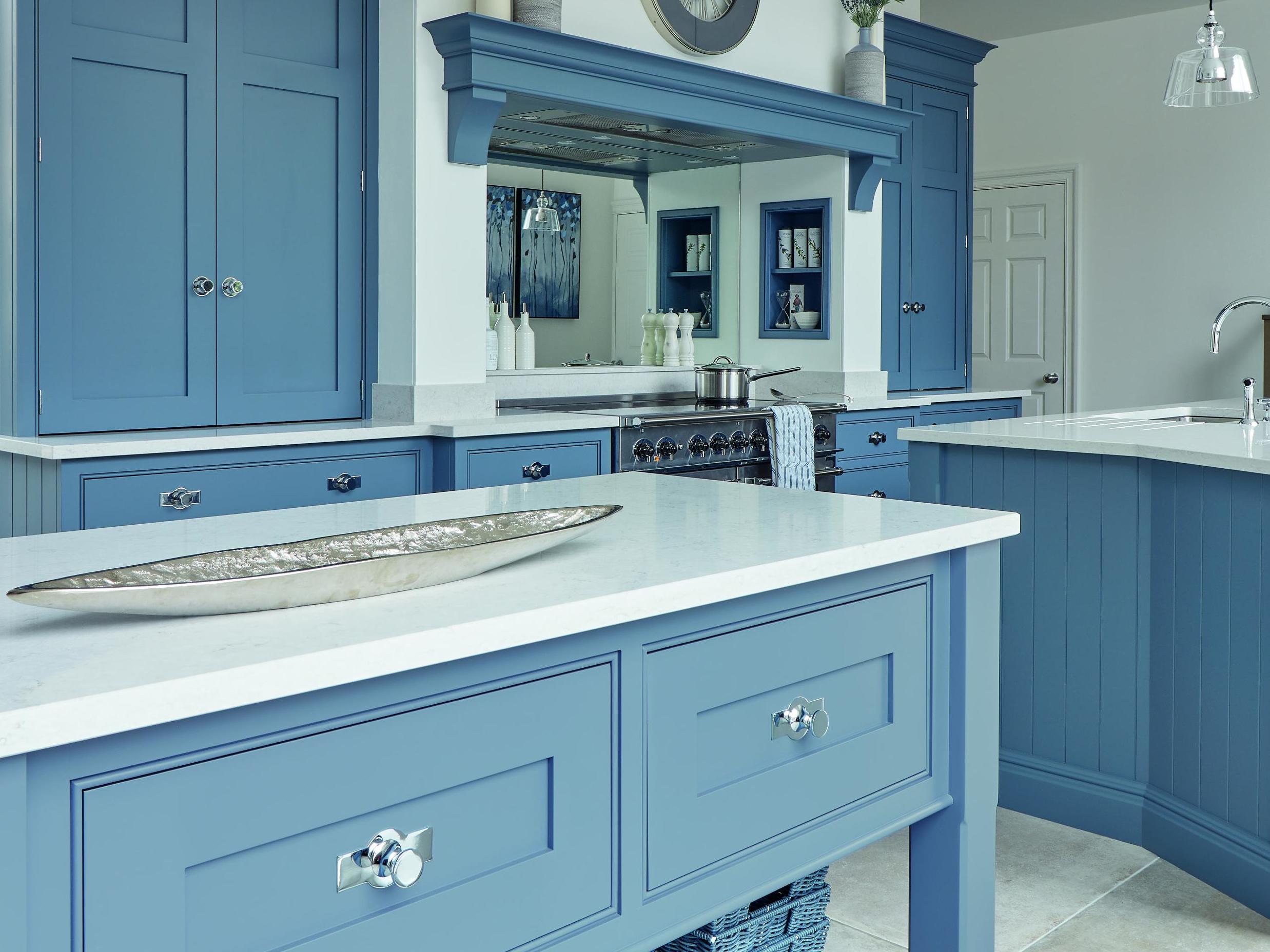What is more important in design: story or beauty?
Anya Cooklin-Lofting ponders whether beauty is enough when purchasing homewares or if the ‘why and how’ play a bigger role in the final product

The aesthetic movement is often associated with the maxim, art for art’s sake, identifying beauty as the primary objective in the creation of homewares, art, buildings and beyond. The phrase is taken from a 19th-century French philosophy that posits physical objects can only be considered true art if their creation is severed from any moral or functional intention. The piece is thus complete in and of itself as a fundamentally beautiful object. This idea was especially popular with the Victorian consumer, but in the design and interiors market today, is pure, unadulterated beauty enough to make a sale?
The marketplace for design objects is woven with a multitude of stories; narratives that illuminate a product or experience to tip buyers towards purchase. Charu Gandhi, founder of Elicyon, a London based interior design firm, says there is a contradiction among designers, who whole-heartedly believe in the significance of the simply beautiful object, but who acknowledge the necessity of narrative in design. She tells me that although beauty “can sometimes exist without a story or rationale, often it does not”.
She tells me it is evident that “when something is exquisitely beautiful, it needs no immediate rationale or story behind it. But often, the story is key to the experience of the final design, the ‘why and how’ playing a distinct role in the end product.” She adds that to arrive at the final concept of beauty, “a story seems to play an inherent role”.
I ask Gandhi to elaborate on what it takes for a story to add to the beauty of a piece of furniture, art or even a home. She explains that “precision, preciousness, rarity, skill, authenticity, and legacy” are key to many of the stories surrounding luxury items available from top makers and retailers today.
One example of a design brand doing just this is Fromental, a British hand-painted and hand-embroidered wallpaper atelier. In its recent collaboration with Lalique, a Chinoiserie silk wallcovering incorporating Lalique crystal dahlias, symbolism and story take pride of place. The Hirondelle, Lalique’s 130th-anniversary symbol, is paired with the dahlia that René Lalique, the brand’s late founder, designed in 1931 for powder boxes for stylish women of the Belle Époque.
Hollie Bowden: Design in pictures
Show all 9“Story-telling is at the very heart of Fromental, every design in our collection has a narrative,” says Lizzie Deshayes co-founder and design director of Fromental. “We consciously pick elements and inspiration from different eras and cultures and combine them to create a new chapter. We believe the value of a design is enhanced by the narrative which is then visualised by our artisans, often creating new techniques within the production process, moving the ideas of wallcoverings forward and giving meaning to why the design is relevant.”
This sentiment is echoed across all design categories and is surprisingly prevalent in kitchen design.
Tom Howley, design director of the eponymous bespoke kitchen maker, tells me that much time and consideration is put not only into the formulation of its exclusive curation of trend-led paint colours, but also into the names of these colours. “Contextualising paint colours with evocative names helps to inform our clients’ choices,” he explains. “Without its botanical reference, blue kitchen cabinetry is just that. Instead, we have named our new vibrant blue, Periwinkle, the electric blue of the beautiful garden flowers.”
There is undoubtedly a level of importance attached to the meaning of colour in the wider interiors industry, and giving these colours names that are not only memorable but also evoke the essence of their namesakes allows buyers to see beyond the obvious.
The stories used to stir the consumer can often be traced back to a love of travel. Matthew Williamson’s new line of delightfully maximalist, travel-inspired candles has set out to transport via fragrance and the use of story.
English Garden, one of the five scents in the collection, features a delicate floral and avian design, quintessentially English with a bold, colourful twist. The fragrance’s notes follow suit, including quintessentially English bergamot, rose and blackcurrant. A hit of Summer Siesta will whisk you to the Mediterranean with its citrus notes, while Jaipur Jewel features a heady cocktail of incense, juniper and cinnamon.
So too does Andrew Martin draw on the pleasures of travelling the world to create its boundless and unpredictable collections of fabrics, wallcoverings and furniture. In its new globally inspired fabric and wallcoverings collection, Gobi, the first elephant print created by Martin Waller, has been reworked into fresh and modern colourways to form a retrospective look at storied design.
David Harris, the brand’s design director, says: “Since the wake of the travel generation, the accessibility to and interest in foreign textiles with rich histories has boomed. People go for fabrics that bring energy and suggest they are one-off, unique. Now in British interiors, you can see kilim stripes from Asia, geometric motifs from west Africa and embroidery from Mexico, each with an illustrious story to tell.”
So, it seems that in the luxury design market, beauty alone is not enough. The high status of “storied” design in the modern age is inescapable. The resounding opinion from designers across many home categories is that beauty and narrative go hand in hand, and the modern consumer wants a sprinkling of both before they buy. Beauty for beauty’s sake will always have a place in the arts, but the irresistible allure of a story will ensure we invest in such “true beauty” for years to come.
Subscribe to Independent Premium to bookmark this article
Want to bookmark your favourite articles and stories to read or reference later? Start your Independent Premium subscription today.

Join our commenting forum
Join thought-provoking conversations, follow other Independent readers and see their replies